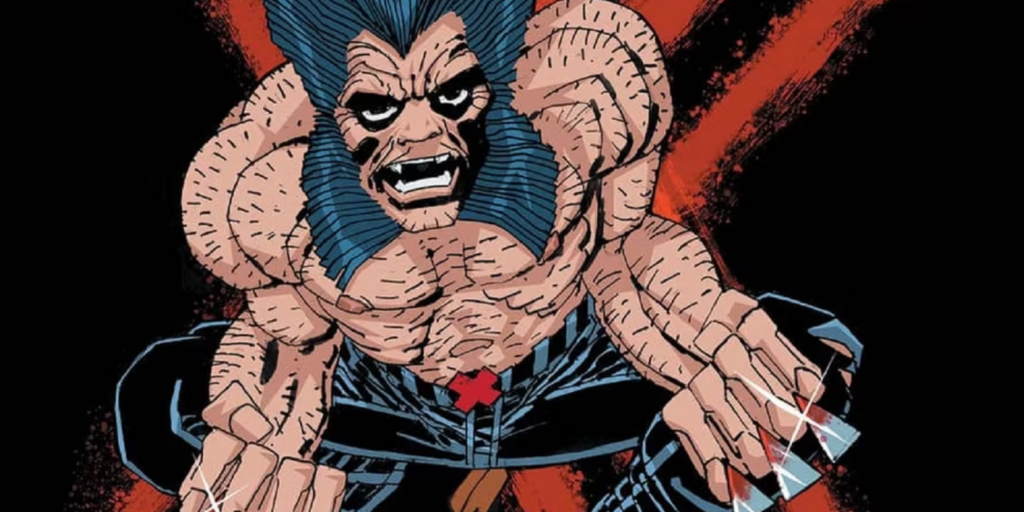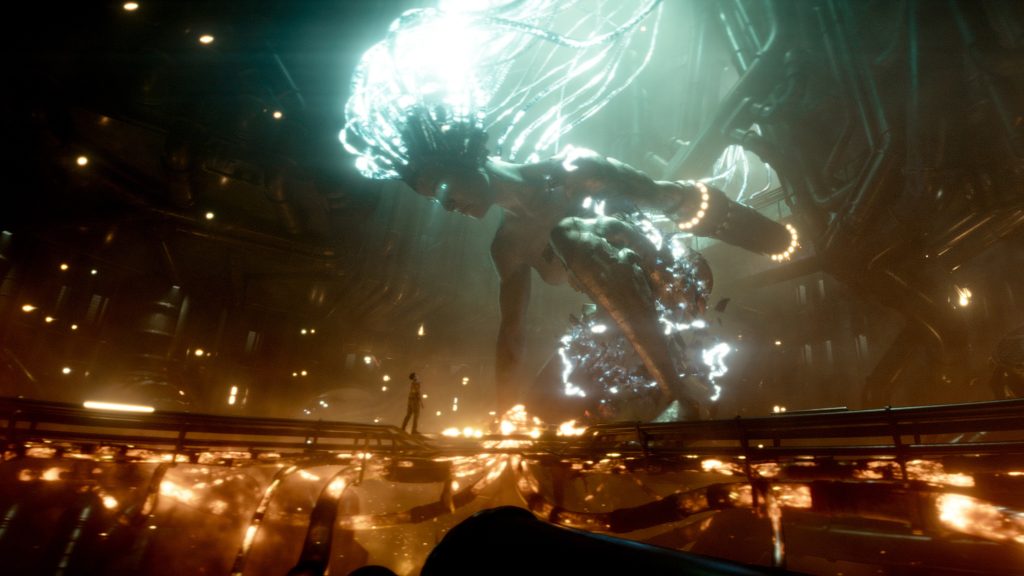Frank Miller’s latest variant cover for Wolverine serves as a poignant reflection of the rigidity often observed within comic book fandom regarding the artistic form in the medium.
Knowledge Waits presents a fascinating glimpse into the annals of comic book history that captures my interest. Today, we delve into the realm of fan reactions surrounding Frank Miller’s highly-anticipated Wolverine variant cover, shedding light on the unyielding nature often observed within fandom when it comes to the artistic form in comic books.
Over the weekend, the social media landscape was ablaze with a viral response following the unveiling of Marvel’s forthcoming Ghost Rider/Wolverine: Weapons of Vengeance #1. This much-anticipated issue features an exquisite variant cover art by the legendary Frank Miller, showcasing his remarkable rendition of Wolverine…
In his ongoing collaboration with Marvel, Frank Miller has produced a series of variant covers, eliciting varied reactions from fans on social media. While the responses to his other covers have generally been more positive, his Wolverine variant cover has garnered a different reception altogether. Personal reactions hold merit when it comes to art, and expressing dislike towards a particular piece is entirely acceptable. However, it is crucial to distinguish between disliking a piece of art (which is valid) and outright dismissing it solely because it deviates from one’s preferred style of comic book art (which is less acceptable). Some of the reactions to Miller’s Wolverine cover stem from this inflexibility within comic book fandom, underscoring the challenges faced in embracing different forms of comic book art.
The default for fandom in comic book art is “realism”
Neal Adams stands as an undeniable titan among comic book artists, and it is worth exploring how his influence has reached such heights that his approach has become somewhat of a default “house style” in contemporary fandom. As Alex Grand and Michael Dean beautifully articulated in Adams’ obituary in The Comics Journal, the Adams approach seamlessly blends intricate realism with an exhilarating dynamism, allowing readers to envision encounters with Batman on the streets or gaze skyward at the Avengers engaged in cosmic clashes with alien armadas. Although comic book art inherently diverges from strict realism, it tends to be perceived as more realistic when imbued with greater detail. In other words, there exists a prevailing notion that “detailed equals superior” in the realm of comic book art.
Nevertheless, the annals of comic book history bear witness to numerous instances where artists have transcended the confines of their initial “detailed” style, producing equally exceptional works, if not superior. A prime example can be found in the early comic book endeavors of David Mazzucchelli on Daredevil. Consider his artwork in Daredevil #216, selected from the point where he commenced inking his own work…
Undoubtedly, the page is a testament to Mazzucchelli’s remarkable talent, aligning with the detailed aesthetic that Adams popularized. Mazzucchelli’s prowess as an artist is undeniable. However, as his career progressed, he embarked on an artistic evolution, exemplified by works like Asterios Polyp. Although still characterized by meticulous attention to detail, Mazzucchelli’s art in this context transcends the traditional lines of comic book illustration.
While Asterios Polyp may deviate from a traditional sense of realism, its artwork remains undeniably excellent, showcasing a distinct style that captivates the viewer. A notable artist who experienced a similar artistic transformation is Bill Sienkiewicz. Sienkiewicz openly acknowledges his early efforts to emulate Neal Adams’ style when he entered the comic book industry. The outcome was a visually appealing art style, as exemplified by this dynamic action sequence from Moon Knight #1 (by Doug Moench and Sienkiewicz, with inks by Sienkiewicz himself and his wife at the time, Franki).
Driven by a desire to push the boundaries of his art style, Sienkiewicz found a creative outlet in Moon Knight. This series provided more artistic freedom compared to mainstream superhero comics like Spider-Man or The Avengers. As time progressed, Sienkiewicz embarked on an artistic journey, blending various styles and incorporating multimedia elements into his work. This evolution is beautifully showcased in his renowned series, Stray Toasters, where Sienkiewicz’s brilliance truly shines.
Frank Miller’s artistic journey has taken him beyond the confines of traditional comic book art, pushing the boundaries to the point where the box is barely recognizable. While his earlier works, like the iconic Wolverine #1 cover, adhered to the sense of detailed realism popularized by Adams, Miller’s recent variant cover showcases a departure from that familiar style. This evolution in Miller’s artistry highlights his willingness to explore new artistic territories and defy expectations.
Miller’s current art style is a testament to the power of simplicity and effective design, challenging the notion that detailed realism is inherently superior in comic book art. Rather than relying on intricate details, Miller’s work embraces a stripped-down approach that emphasizes the strength of minimalism. Miller achieves a unique and impactful artistic expression through this deliberate deconstruction of visual elements. The greatness of his art lies not in its adherence to detailed realism but in its ability to harness the strength and potency of simplicity.
Fandom often misunderstands style with effort
It is important to recognize that stylized artwork like Frank Miller’s should not be mistaken for lack of effort. The misconception arises when people fail to appreciate the intentional choices made by the artist to convey their unique vision. A similar situation can be observed with John Romita Jr.’s work on the current Amazing Spider-Man run. Recently, there has been criticism on social media regarding Romita Jr.’s character expressions, with some accusing him of not investing enough effort into the faces of Peter Parker and Mary Jane Watson in a particular scene. It is crucial to understand that these artistic choices are deliberate and may not conform to traditional expectations of realism. Artists like Romita Jr. bring their distinct style and interpretation to the characters, offering a fresh perspective that may require a different appreciation and understanding from the audience.
And it is an unfounded critique, as it fails to acknowledge John Romita Jr.’s unique style. To illustrate this point, one can examine the artwork in Peter Parker: Spider-Man #95 from 25 years ago, which features Romita Jr.’s work with the same inker, Scott Hanna. The consistency in style between then and now demonstrates that Romita Jr. has a distinct artistic approach that may not align with conventional expectations. It is crucial to appreciate the artist’s individual style and the creative choices they make rather than imposing rigid standards of realism on their work.
That’s simply John Romita Jr.’s unique interpretation of Peter Parker and Mary Jane’s facial expressions! Romita Jr. consistently proves himself as one of the top storytellers in the world of comic books, as exemplified by the dynamic action sequence in Amazing Spider-Man #13 (written by Zeb Wells, with inks by Scott Hanna and colors by Marcio Menyz). His mastery of storytelling techniques shines through in every panel, capturing the essence of the characters and delivering an engaging visual narrative. It’s important to appreciate Romita Jr.’s distinctive style and recognize the skill and talent he brings to the medium.
That’s an excellent observation. It’s important to recognize that artists like John Romita Jr. continue evolving and refining their craft. Romita Jr. consistently demonstrates his storytelling prowess and proves that he’s still at the top of his game.
Regarding Frank Miller’s recent work, it’s evident that he has adopted a different artistic approach compared to his earlier works. While some may argue that variant covers might not be the ideal platform to introduce this new approach to fans, it’s essential to understand that Miller intentionally explores new artistic territories. It’s not a matter of his style deteriorating or him losing his touch. On the contrary, he’s deliberately pushing boundaries and experimenting with different techniques and aesthetics. Artists should be encouraged to explore and evolve their artistry, and witnessing their creative journeys unfold is exciting.
Appreciating artistic styles is subjective, and while you may not personally enjoy the new style, comparing Frank Miller’s current approach to his past work in a simplistic manner isn’t fair. Just as you can’t compare David Mazzucchelli’s Daredevil and Asterios Polyp and judge them solely on the level of detail, you must embrace the diversity of comic book art and be more flexible in your evaluations. Comic book art comes in various forms, and it’s important to adjust your perspective accordingly, recognizing each style’s unique qualities.


















